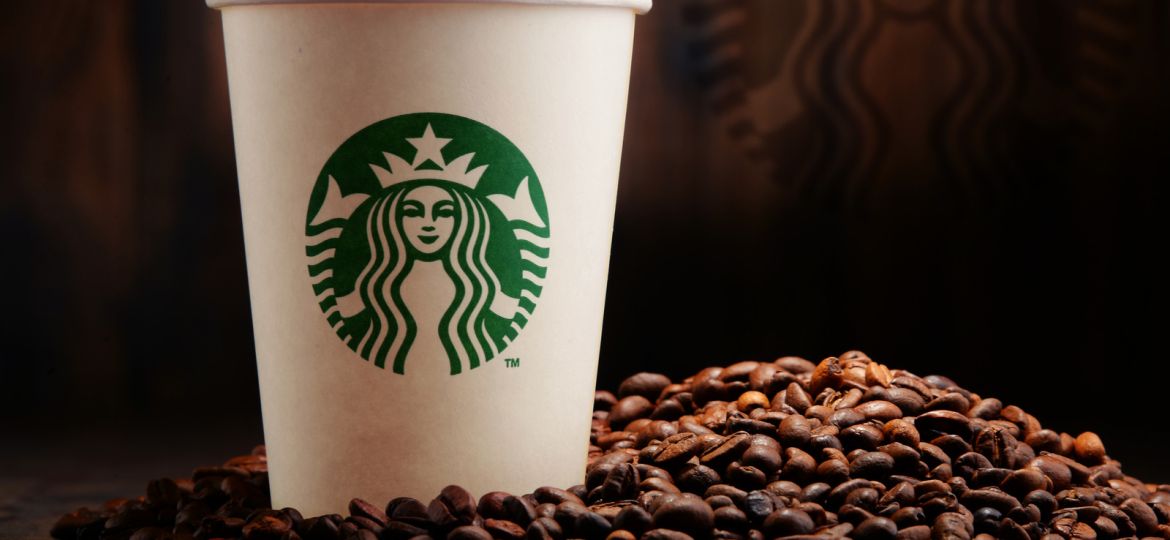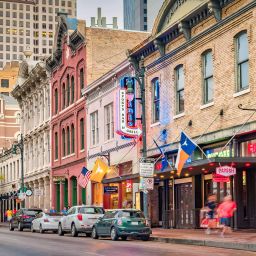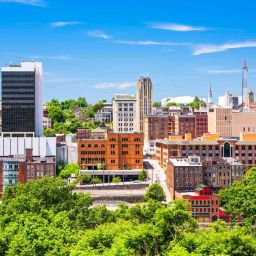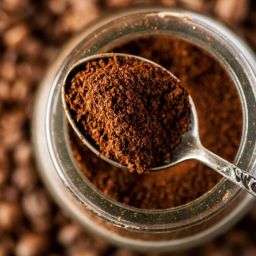
Starbucks Coffee Beans are renowned for their quality and taste, sourced from the finest coffee-growing regions worldwide. Starbucks emphasizes the selection of 100% Arabica beans, known for their superior flavor profiles compared to other coffee species.
The company’s dedication to sourcing, roasting, and blending plays a pivotal role in delivering the unique Starbucks coffee experience that customers enjoy globally.
The freshness of coffee beans is paramount in preserving the integrity of coffee’s flavor and aroma. Fresh beans ensure a rich, full-bodied cup of coffee, whereas stale beans can lead to a flat and unappealing brew. Starbucks recognizes this importance and employs various techniques to maintain the freshness of their coffee beans from the farm to the cup.
How to Check Coffee Bean Freshness
A simple method to test coffee bean freshness involves the CO2 bag test. Placing coffee beans in a ziploc bag and leaving it overnight will reveal freshness through the bag’s inflation due to CO2 release. Beans that do not inflate the bag are likely past their prime.
Storage Conditions
Proper storage is crucial for maintaining coffee bean freshness. Beans should be kept in a cool, dark place in an airtight container to prevent exposure to air, light, and moisture, which can accelerate the staling process.
Packaging Innovations by Starbucks
Starbucks leverages FlavorLock technology in their packaging to extend coffee bean freshness. This innovative packaging includes a one-way valve that allows CO2 to escape while preventing oxygen from entering, thereby preserving the beans’ freshness for up to 34 weeks.
Unopened vs. Opened Coffee Beans
The longevity of Starbucks coffee beans varies significantly between unopened and opened packages. Unopened bags of Starbucks coffee beans can maintain their freshness for months, offering an optimal coffee experience when stored properly.
Once opened, however, the beans are exposed to environmental factors that accelerate the loss of freshness. To enjoy the full flavor profile of Starbucks coffee, it is recommended to consume the beans within two weeks after opening the bag.
Expected Shelf Life in Different Conditions
Environmental conditions play a crucial role in the shelf life of Starbucks coffee beans. When stored in an airtight container at room temperature, the beans can retain their quality for a considerable period. Refrigeration or freezing, while commonly believed to preserve freshness, can actually introduce moisture through condensation, negatively impacting the beans’ flavor and aroma.
FlavorLock Technology by Starbucks
Starbucks employs FlavorLock technology to maximize the shelf life of their coffee beans. This packaging innovation features a one-way valve that allows gases from the beans to escape while preventing air from entering, thereby preserving the beans’ freshness for up to 34 weeks.
Nitrogen Flushing for Prolonged Freshness
Another technique used to prolong the freshness of Starbucks coffee beans is nitrogen flushing. This process involves replacing the oxygen in coffee bags with nitrogen, an inert gas that slows down the oxidation process, thereby preserving the beans’ flavor and aroma for an extended period.
Best Practices for Storing Coffee Beans
To maintain the freshness of Starbucks coffee beans, it is essential to store them correctly. Beans should be kept in an airtight container to protect them from air, moisture, light, and heat, all of which can degrade their quality. A cool, dark place, such as a pantry or cupboard, is ideal for storage.
Refrigeration and Freezing: Yes or No?
Starbucks advises against refrigerating or freezing coffee beans. While freezing can be considered as a last resort for long-term storage, it is not recommended as a routine practice. The introduction of moisture from condensation can adversely affect the beans’ flavor. If freezing is necessary, the beans should be stored in airtight containers to minimize exposure to air and moisture.
Tips for Extending Freshness
To ensure the longevity of Starbucks coffee beans, storing them in airtight containers in cool, dark places is imperative. This storage method minimizes exposure to air, light, and moisture, which are primary factors that degrade coffee quality over time. Effective storage not only preserves the beans’ inherent flavors but also extends their usability period significantly.
Utilizing Coffee Beans Past Their Prime
Coffee beans that are past their peak freshness can still be utilized in creative ways. Rather than discarding older beans, they can be used for making cold brews, as the process can diminish the perception of staleness. Additionally, old coffee beans are ideal for baking, providing a rich coffee flavor to cakes, cookies, and brownies without the need for instant coffee powders.
FAQs
- Can Starbucks coffee spoil, and how does it affect taste? Starbucks coffee may not spoil in the traditional sense, but it does go stale, losing its flavor and aroma over time. The best coffee experience is within two weeks of opening the bag; beyond that, the coffee may start to taste flat and uninviting.
- How long does iced Starbucks coffee last in the refrigerator? Once opened, Starbucks bottled iced coffee should be consumed within 12 hours to ensure optimal taste. Extended refrigeration can degrade the quality and freshness of the beverage.
- Can you use 2-year-old coffee beans, and how does age affect quality? Using coffee beans that are more than two years old is not recommended. While they may not make you sick, the flavor and potency of the coffee will significantly diminish, resulting in a less satisfying cup.
Conclusion
The freshness of Starbucks coffee beans can be significantly extended through proper storage techniques. Storing beans in airtight containers away from light and moisture helps preserve their quality.
While coffee beans past their prime should not be expected to deliver the optimal coffee experience, they can still be used in various creative ways to minimize waste. Ensuring the freshness of your coffee beans is key to enjoying the rich and full-bodied flavor that Starbucks is known for.









